About
Hi! I'm Sam. I'm a PADI instructor at Cave Country Dive Shop in High Springs, Florida - SCUBA diving is my obsession. I learned to dive on the shipwrecks of Lake Michigan, but these days, when I'm not teaching, you can find me exploring the incredible caves of North Florida.
Teaching diving in the best way possible is something I take seriously, because I want my students to experience and enjoy the underwater world as much as I have.

Teaching Philosophy
Small classes
My ideal class size is one or two students, and I do not teach more than three students at a time. Small classes mean that students get undivided attention when learning a new skill. It also means students get more time actually diving instead of waiting for other students to demonstrate skills.Premium Equipment
Choosing equipment as a new diver can be difficult, which is why I provide ALL equipment students need for core courses. This includes a back-inflate BCD, primary-donate regulator set, dive computer, wetsuit, fins, and more.
Having modern and properly-fitting equipment doesn't just make learning to dive easier. It makes being underwater enjoyable and effortless. (I also love helping divers choose equipment that's best for them once they're ready to make that investment.)
Focus on Stability
The most important diving skills are buoyancy control and trim. They're what make a diver feel stable and relaxed underwater, and are critical for safe diving.
Mastering these skills takes practice, but it mostly comes from getting everything set up just right - especially weighting. That's why every class includes time dedicated to making sure students are weighted correctly. The focus is on understanding the principles of buoyancy, trim, and weighting so that students are able to adapt to different environments wherever diving takes them.
Flexible Scheduling
I believe that rushing ruins everything. Classes take place on your schedule, and are always scheduled so there's plenty of time to learn everything at a relaxed pace.
Since everyone learns differently, if you need more days in the water beyond what's initially scheduled, it's included.
Classes
Open Water
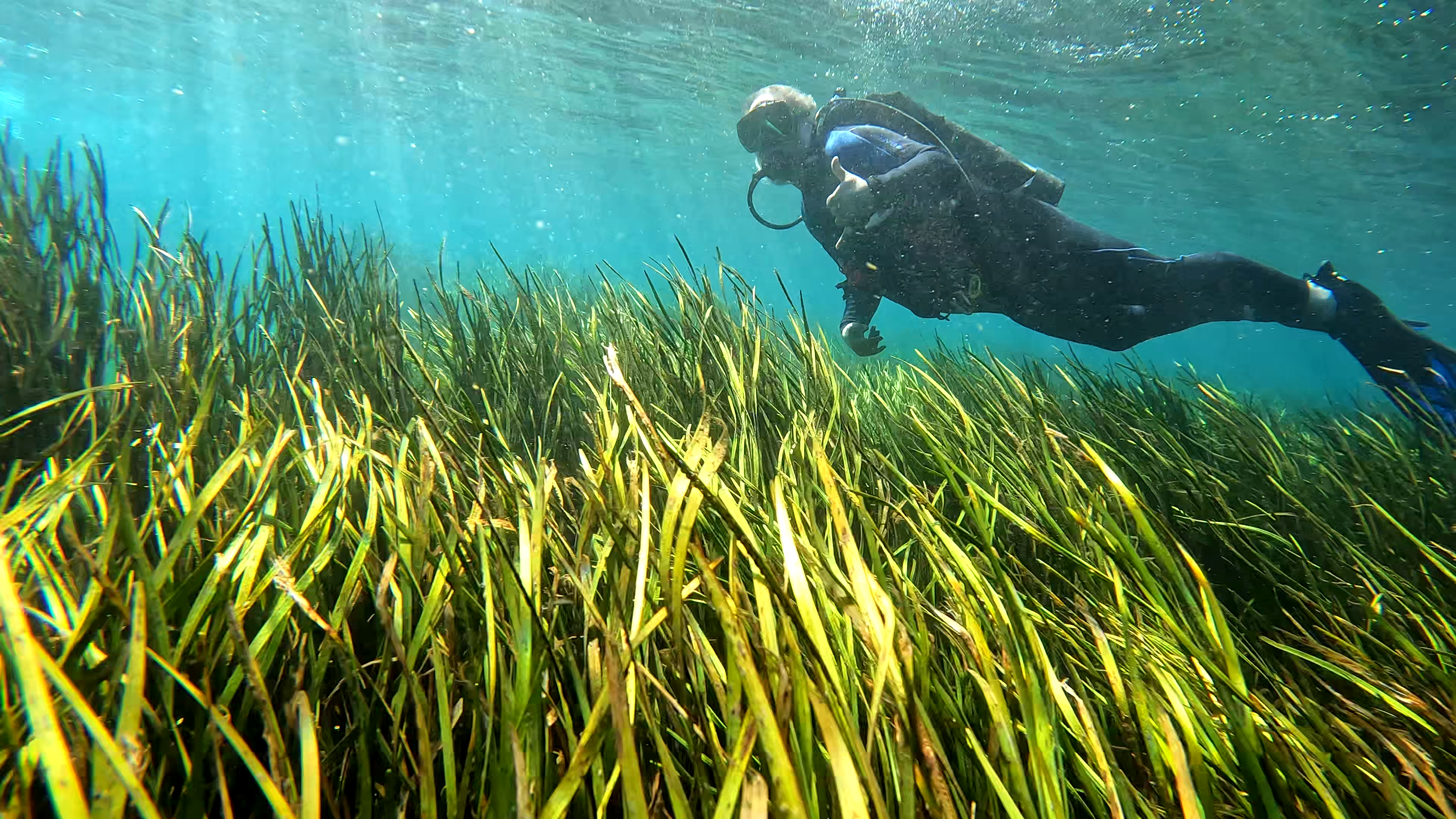 Ready to jump in? Open water is the first level of diving
certification. In this class, you'll learn the fundamentals
of SCUBA equipment, skills, and dive planning. Once
certified, you can dive with a buddy anywhere in the world!
~3 days, $850
Ready to jump in? Open water is the first level of diving
certification. In this class, you'll learn the fundamentals
of SCUBA equipment, skills, and dive planning. Once
certified, you can dive with a buddy anywhere in the world!
~3 days, $850
Advanced Open Water
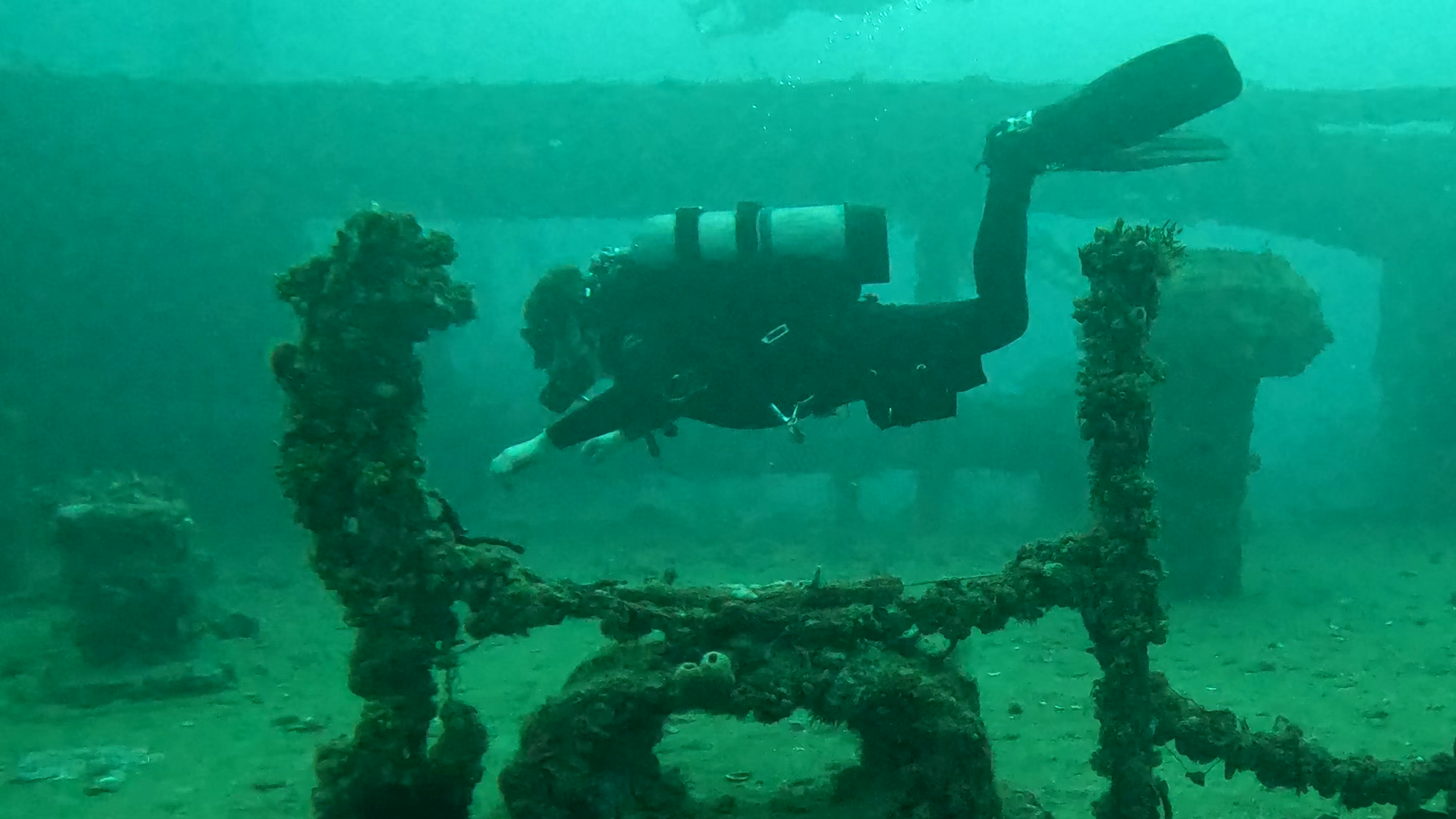 Interested in refining your diving abilities? Advanced Open
Water is for you. In this class, you'll complete (at least)
five dives, each focused on a specific diving topic. Topics
include buoyancy and trim, underwater navigation, planning
and executing deeper dives, wreck diving, underwater
photography, or another interest.
~3 days, $850
Interested in refining your diving abilities? Advanced Open
Water is for you. In this class, you'll complete (at least)
five dives, each focused on a specific diving topic. Topics
include buoyancy and trim, underwater navigation, planning
and executing deeper dives, wreck diving, underwater
photography, or another interest.
~3 days, $850
Rescue Diver
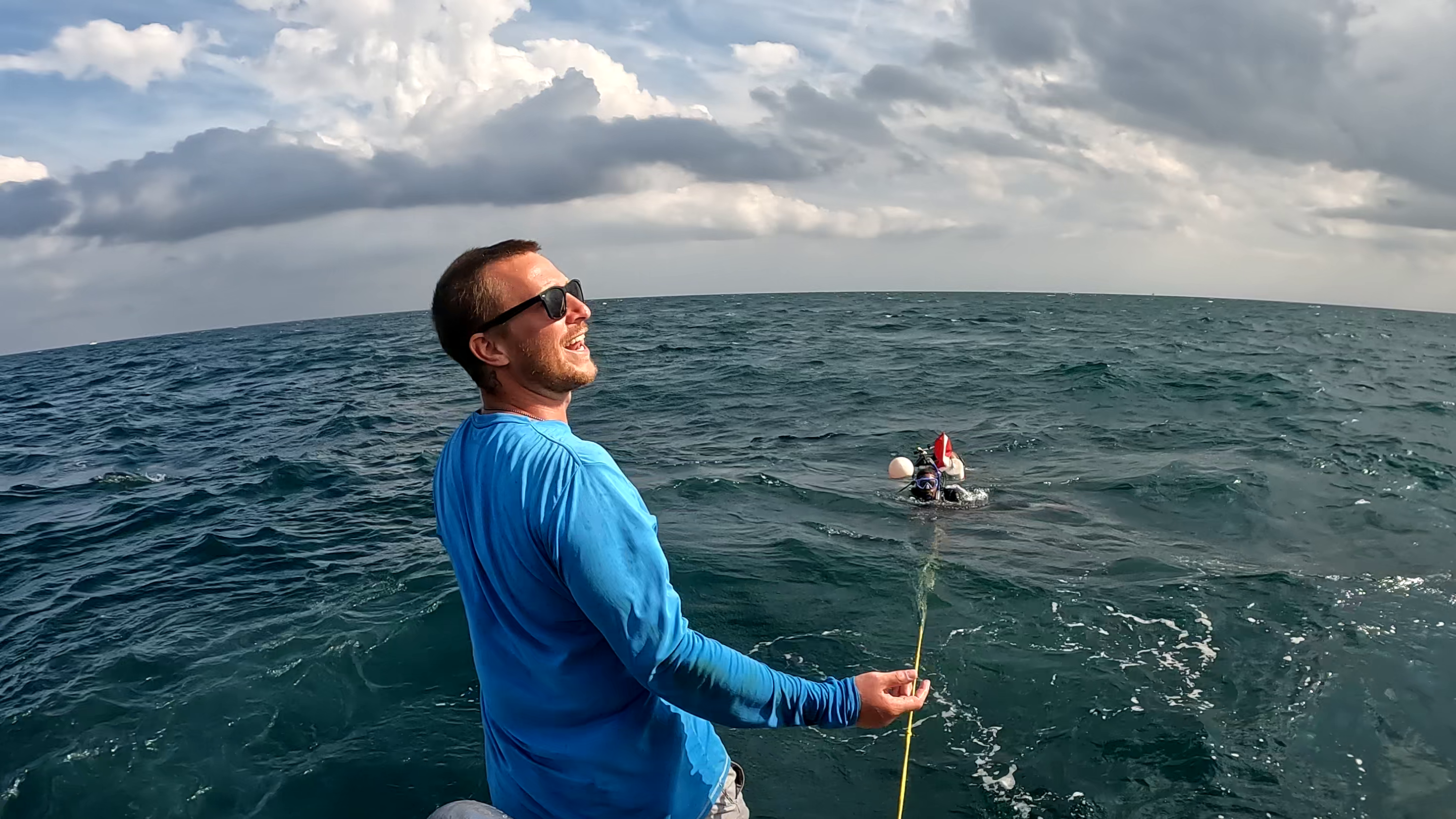 Want to make your diving as safe as possible? Rescue Diver
is a deep dive into dive safety. This class is not just
about knowing how to respond when things go wrong. You'll
also learn how to manage stressful situations and identify
problems for you and your team before they occur. That's why
Rescue Diver is a prerequisite to professional-level diving
courses.
~2 days, $500
Want to make your diving as safe as possible? Rescue Diver
is a deep dive into dive safety. This class is not just
about knowing how to respond when things go wrong. You'll
also learn how to manage stressful situations and identify
problems for you and your team before they occur. That's why
Rescue Diver is a prerequisite to professional-level diving
courses.
~2 days, $500
Nitrox
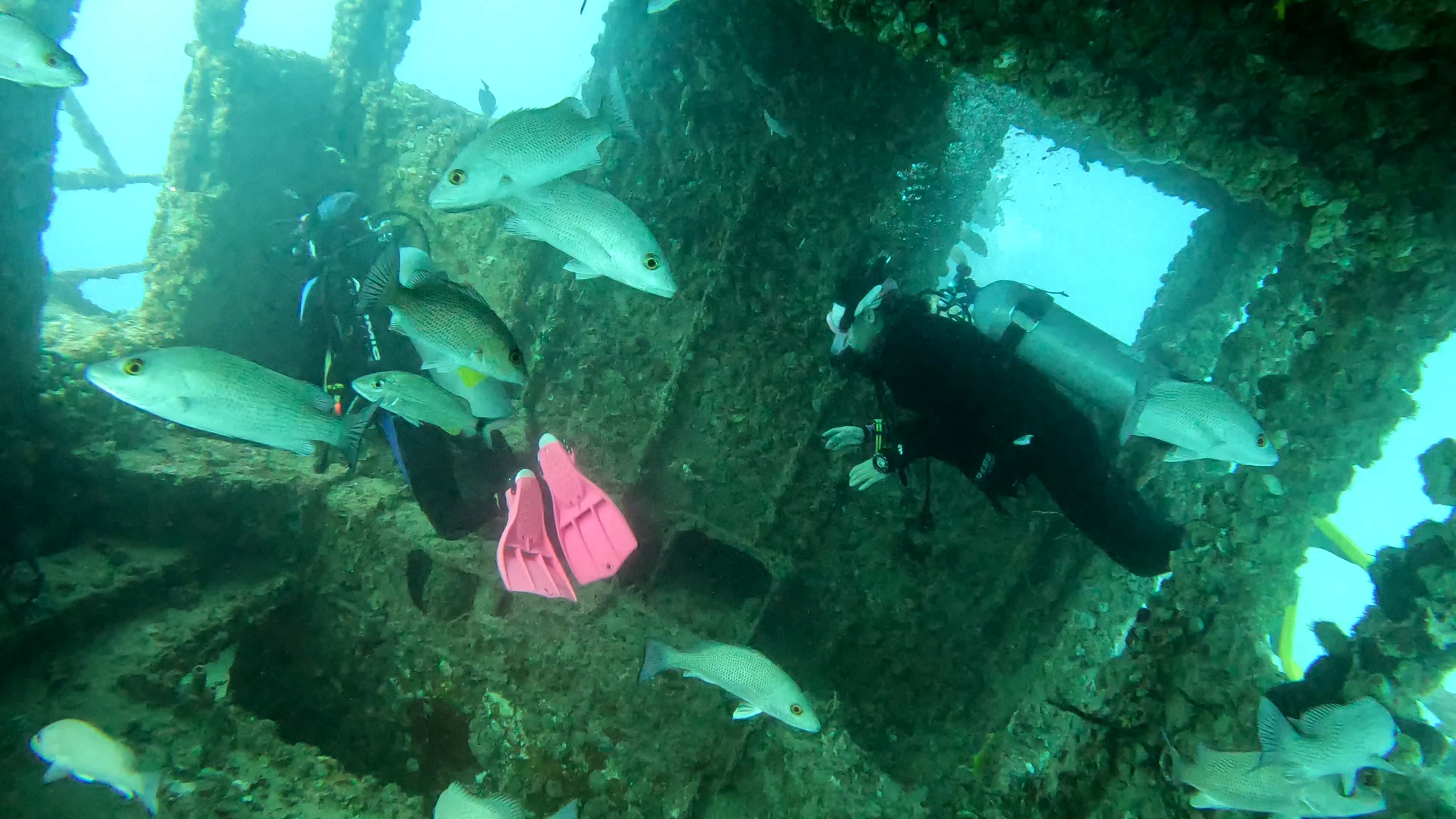 Limited by your NDL (No Decompression Limit)? Nitrox is the
answer! In this class, you'll learn to dive with gas that
contains more oxygen and less nitrogen than regular air,
known as Nitrox. Nitrox lets you stay underwater longer
before reaching your NDL, reduces the risk of decompression
sickness, and is a required certification for many dive
trips.
~0.5 days, $300
Limited by your NDL (No Decompression Limit)? Nitrox is the
answer! In this class, you'll learn to dive with gas that
contains more oxygen and less nitrogen than regular air,
known as Nitrox. Nitrox lets you stay underwater longer
before reaching your NDL, reduces the risk of decompression
sickness, and is a required certification for many dive
trips.
~0.5 days, $300
Sidemount
 Want more gas, greater redundancy, and better stability on
your dives? Try sidemount!
~2 days, $400
Want more gas, greater redundancy, and better stability on
your dives? Try sidemount!
~2 days, $400
Cavern
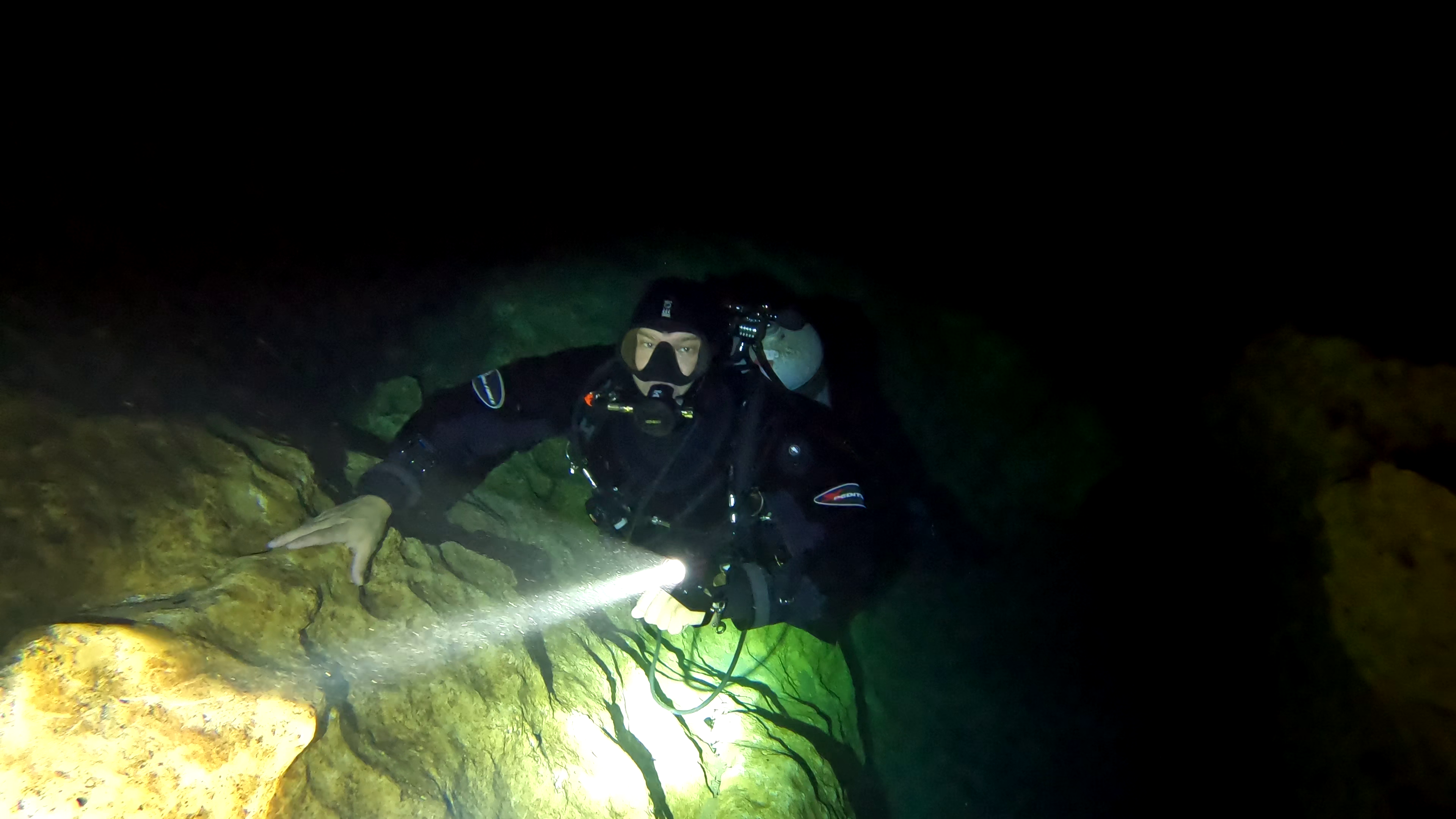 Cavern is the first level of training for cave divers. The
"cavern zone" refers to the part of a cave that still gets
some sunlight from the surface. In this class, you'll learn
the equipment and procedures needed to safely explore this
new environment.
~3 days, $600
Cavern is the first level of training for cave divers. The
"cavern zone" refers to the part of a cave that still gets
some sunlight from the surface. In this class, you'll learn
the equipment and procedures needed to safely explore this
new environment.
~3 days, $600